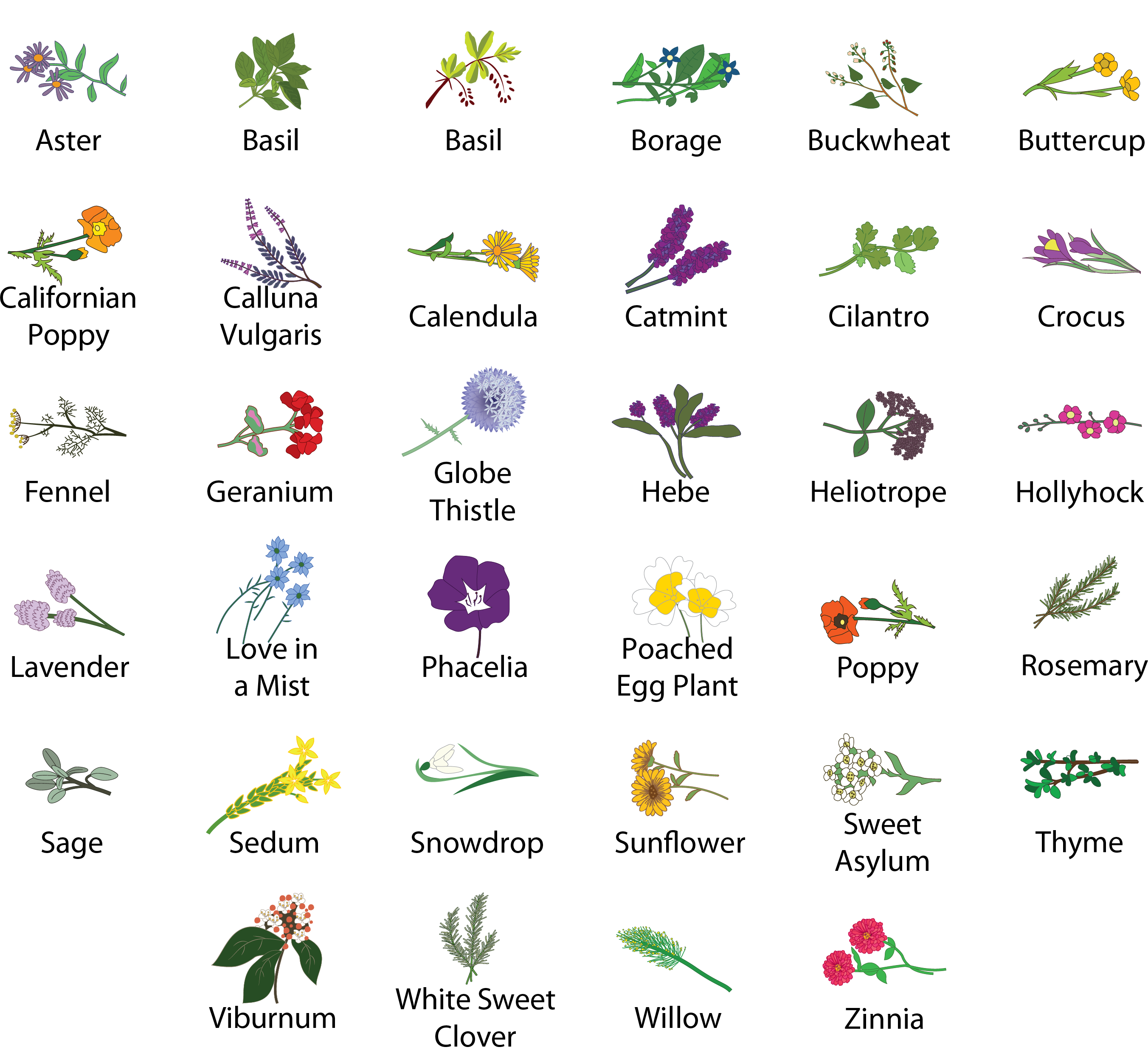

Colony Collapse Disorder is the phenomenon that occurs when the majority of worker bees in a colony disappear and leave behind a queen, plenty of food and a few nurse bees to care for the remaining immature bees and the queen. Once thought to pose a major long term threat to bees, reported cases of CCD have declined substantially over the last five years. The number of hives that do not survive over the winter months – the overall indicator for bee health – has maintained an average of about 28.7 percent since 2006-2007 but dropped to 23.1 percent for the 2014-2015 winter. While winter losses remain somewhat high, the number of those losses attributed to CCD has dropped from roughly 60 percent of total hives lost in 2008 to 31.1 percent in 2013; in initial reports for 2014-2015 losses, CCD is not mentioned.
There have been many theories about the cause of CCD, but the researchers who are leading the effort to find out why are now focused on these factors:
- One bottom board increased losses due to the invasive varroa mite (a pest of honey bees).
- New or emerging diseases such as Israeli Acute Paralysis virus and the gut parasite Nosema.
- Pesticide poisoning through exposure to pesticides applied to crops or for in-hive insect or mite control.
- Stress bees experience due to management practices such as transportation to multiple locations across the country for providing pollination services.
- Changes to the habitat where bees forage.
- Inadequate forage/poor nutrition.
- Potential immune-suppressing stress on bees caused by one or a combination of factors identified above.
The U.S. Department of Agriculture (USDA) is leading the federal government response to CCD. In 2007, USDA established a CCD Steering Committee with representatives from other government agencies, and academia. EPA is an active participant in the CCD Steering Committee. The Steering Committee has developed the Colony Collapse Disorder Action Plan.
The plan has four main components:
Survey/Data Collection to determine the extent of CCD and the current status of honey bee colony production and health.
Analysis of Bee Samples to determine the prevalence of various pests and pathogens, bee immunity and stress, and exposure to pesticides.
Hypothesis-Driven Research on four candidate factors including:
- New and reemerging pathogens
- Bee pests
- Environmental and nutritional stresses
- Pesticides
Preventive Measures to improve bee health and habitat and to counter mortality factors.
In October 2013, the CCD Steering Committee hosted the national stakeholder conference on honey bee health. The conference brought together a broad group of stakeholders to examine the federal government’s course of action to understand colony collapse disorder and honey bee health. Based on input from the stakeholders at this conference, the CCD steering committee is drafting a revised CCD and honey bee health action plan.
For more info: https://www.epa.gov/pollinator-protection/colony-collapse-disorder
There are lots of plants that are fantastic for bees. As a general rule, you should try to plant as wide of a variety as possible. You should aim to plant them in clumps to make it easier for the bees to find; and if possible, choose local plants rather than exotic ones.
Some of the best are:

